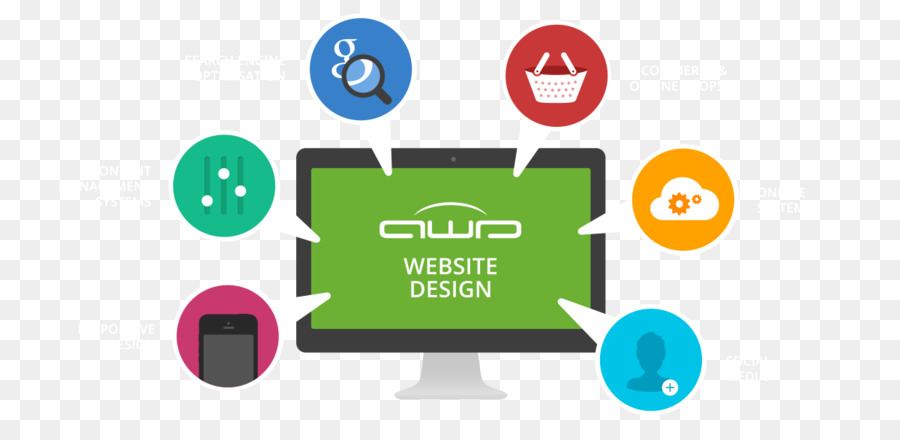Fascinated In Finding Out How Internet Site Design Has Altered Over The Years? Discover The Trip
Fascinated In Finding Out How Internet Site Design Has Altered Over The Years? Discover The Trip
Blog Article
Created By-Kahn Molina
In the past, sites were basic and focused on information. Navigation was direct, and style was for desktop computers. Currently, customer experience is essential. Information guides designs for simple navigating. Receptive layouts fit different tools. Today, dark setting lowers pressure, and minimalist menus boost navigation. Interactive features involve users, and strong visuals stick out. AI integration boosts interaction. See just how design has actually advanced to improve your on-line journey.
Early Days of Web Design
In the early days of website design, simpleness reigned supreme. Websites were fundamental, with limited shades, font styles, and layouts. The focus was on offering details as opposed to flashy visuals. Users accessed the internet via sluggish dial-up connections, so rate and capability were essential.
Navigating food selections were straightforward, normally situated on top or side of the web page. Web sites were created for desktop computers, as mobile browsing had not been yet prevalent. Material was king, and designers prioritized simple readability over complicated style aspects.
HTML was the main coding language utilized, and developers had to function within its constraints. Animations and interactive functions were minimal contrasted to today's standards. Sites were static, with little vibrant content or tailored customer experiences.
Rise of User-Focused Design
With the advancement of site layout, a change towards user-focused style concepts has become significantly noticeable. Today, producing websites that focus on customer experience is important for engaging site visitors and attaining service goals. User-focused layout involves understanding the requirements, choices, and behaviors of your target market to tailor the web site's layout, material, and features accordingly.
Developers currently perform thorough research study, such as user surveys and usability testing, to collect understandings and feedback straight from users. This data-driven strategy aids in producing intuitive navigating, clear calls-to-action, and aesthetically attractive user interfaces that resonate with site visitors. By putting the customer at the facility of the design procedure, sites can provide an extra individualized and satisfying experience.
Responsive design has actually also emerged as an essential aspect of user-focused style, making certain that internet sites are optimized for various gadgets and display sizes. This adaptability enhances access and use, accommodating the varied ways individuals engage with internet sites today. In essence, the rise of user-focused design represents a change in the direction of producing digital experiences that focus on the needs and assumptions of the end individual.
Modern Trends in Web Design
Check out the most recent trends shaping web design today. One popular fad is dark mode layout, using a sleek and contemporary appearance while minimizing eye pressure in low-light atmospheres. One more essential fad is minimalist navigating, simplifying food selections and improving user experience by concentrating on essential elements. Integrating fort worth seo provider -interactions, such as animated switches or scrolling effects, can develop a more appealing and interactive web site. Receptive layout remains critical, guaranteeing seamless individual experiences throughout numerous tools. In addition, using bold typography and unbalanced formats can include visual interest and accentuate particular web content.
Incorporating AI technology, like chatbots for consumer assistance or personalized recommendations, improves user interaction and streamlines procedures. Accessibility has additionally become a significant trend, with developers prioritizing inclusive style practices to accommodate diverse customer requirements. Welcoming sustainability by maximizing website efficiency for rate and effectiveness is another arising pattern in web design. Working together with customer feedback and information analytics to iterate and boost style continuously is essential for staying relevant in the ever-evolving digital landscape. By embracing these modern trends, you can produce an aesthetically attractive, user-friendly internet site that resonates with your target market.
Final thought
As you review the advancement of web site design from the very early days to currently, you can see exactly how user-focused style has ended up being the driving pressure behind modern-day trends.
Welcome the journey of change and adaptation in website design, always maintaining the customer experience at the center.
Remain current with the most recent patterns and technologies, and never ever stop developing your method to create aesthetically magnificent and easy to use web sites.
Progress, adapt, and develop - the future of web design is in your hands.
